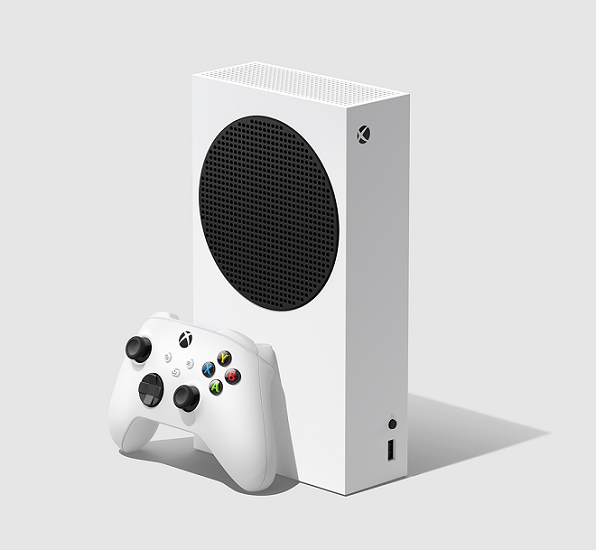Cognition Dissemination: The Hidden Costs of the Xbox Series S
It was hard not to be impressed with the Xbox Series S when Microsoft was forced to reveal it after a number of leaks in September, with the value it offers. This is a next-generation console packing more power than any current-generation console coming at a mere $299, making it one of the cheapest non-Nintendo launch consoles to release in years. The system isn’t as powerful as the behemoth Xbox Series X, and has less storage space and no disc drive. But it’s still a bargain for anyone not willing to spend merrily on a new console, or doesn’t have the kind of TV setup that can get the most out of the more expensive variant and has no intention to upgrade in the near future.
The combination of features and price are a sticker shock at first glance thanks to the low price of entry to the new console generation. But a more critical glance at the features reveals the hidden costs.
The Series S has a 512GB Solid-State Drive, a hair over half the ostensible storage its 1TB-packing Series X brother comes with. But like any PC or gaming platform, the owner can’t use all that space for themselves. Only 364GB of it is usable, and a quick glance at how large downloadable games can be shows just how small that is.
Call of Duty: Black Ops Cold War will take up 136GB of that alone. NBA 2K21 will take up another 121GB. Anyone who purchases both with the system will lose a combined 257GB of hard drive space right on launch day, leaving only 107GB. The sizes for both could expand from there after patches, especially the former if Modern Warfare’s continually ballooning size through gigantic patches is a good indication.
Anyone who purchases a bunch of AAA games will have to quickly adjust to a routine of downloading games and deleting others to clear out space — reshuffling the fridge, so to speak. Good thing both Xbox Series systems let people move games to an external hard disk drive (HDD), though the actual software can only run on an SSD. (Backwards-compatible Xbox games can be played from an HDD, however.) There was, at one point, talk among gaming communities of file sizes being lower for this console generation, and we’re already seeing how that isn’t panning out.
The hard drive space can be expanded through an SSD Storage Expansion Card from Seagate, which will come at an eye-popping $219.99 for 1TB for extra space. That’s almost the price of another Series S. SSDs tend to be more expensive compared to “regular” HDDs, but this one is even more thanks to it coming in a proprietary form.
Another hidden cost is the possibility of the owner upgrading their TV down the line, preferably a large-enough 4K one, which would enable them to play games at a higher resolution. The Series S, unfortunately, isn’t the console that can provide that kind of quality due to being less powerful. That makes sense given the price of the Series S, but anyone who wants an upgrade on par with a new TV will have to spring for the Series X, which may or may not be cheaper by the time this person I just imagined gets a TV. Just because I came up with this example doesn’t mean it’s farfetched — it will happen, though not on a widespread scale.
In a way, the Series S feels like a successor to the Xbox 360 Arcade option that existed for a short while during the last console generation. It was sold in a comparatively inexpensive package for a mere $199 compared to the more expensive Core offering ($299) and the Elite ($479), because it didn’t come with a hard drive. Digital games weren’t as big of a deal at the time, outside indie games and smaller titles sold on Xbox Live Arcade that filled little room, and could fit on a small proprietary 256MB memory card. The maximum limit for an XBLA title was a mere 50MB at the time, to emphasize how long ago that was. A new proprietary hard drive went as high as a ridiculous $180 for the 120GB variant, meaning it was more expensive to purchase the Arcade and a hard drive later.
All this analysis dodges what the Series S not-so-secretly is: An Xbox Game Pass machine. The system will be perfect for anyone who subscribes to Microsoft’s service for $9.99-$14.99 to temporarily download games added (and removed) to it on a regular basis. There’s just enough available room to do this without it being a hassle, and Microsoft has been heavily pushing the service in the last few years by adding their newest games to it on day one, like Gears of War 5 and Crackdown 3. Anyone who likes to play their games the old-fashioned way (if that’s what we’re calling it) could do with more room, but the Series X exists partly for this reason.
Anyone in the current market for a next-generation console should think hard about which system they want, and how far that could take them in the coming years. It’s also worth considering whether one of them is worth buying right now in the first place, but that’s an argument for another post.








